So, I’m back in Australia after another trip to Vietnam - my second this year - and where this ‘Born in the USA’ fella’ has been hiding out since a couple years after the Fall of Saigon in April 1975. Two years at AP’s New York headquarters, then an assignment to this still-somnolent island-continent. And then, not even a year later - fired. Terminated. Dismissed, reports say, but still unexplained.
But Australia was no instant love. That first year, I often felt ‘transported’ - like the nation’s first convict settlers - and where nothing news-wise ever happened. Just showing up gave me writer’s block. This was the last place to send an active war correspondent - one who had lived and worked in South Vietnam for 11 years, from 1964 to 1975.
Australia was second prize for demanding an assignment to Africa - where long-Portuguese run Angola & Mozambique were in post-independence wars, white-ruled Southern Rhodesia fighting to become Zimbabwe, and South Africa in open rebellion against Apartheid. I’d grown up there. Even spoke Swahili, for gosh sakes!
‘What the hell am I doing here?’ I often asked myself in Sydney again and again. But unlike the U.S. - Vietnam now under a total embargo - at least my wife could send mail, packages and money back to her family - and to her father in a communist re-education camp.
First-Class airfare for all of us. Anywhere in the US. Household belongings shipped, pension contributions returned. But no - line-ball call - I decided to stay.
Something political too. Self-exile. Screw America and what they’d done to my beloved Vietnam and then just walked away and slammed the door. And AP, for never compensating me for what I’d lost running for those last choppers outa’ Saigon on 29 April 1975. Not sympathy. Not understanding. Nothing, during my two years in New York.
We took the money, applied for Permanent Residency, bought a corner grocery store - Gò Công Take-Away named after the Mekong Delta province we’d always called home. Now taken away from us.
We started life all over again. Never regretted it. Vietnam is just up north - eight hours away, half of it just flying out of Australia, with only a three-hour time difference. We’ve got the best of both worlds - 180 degree opposites. And here, the government takes care of you too.
So yes, quite a place to hide out - Australia. A refuge. A place of obscurity. Funny how every story about me blowing the whistle on the Napalm Girl photo - how it wasn’t AP’s Nick Ut, but a Vietnamese stringer, or freelancer named Nguyễn Thành Nghệ - never mention where I actually live in the world.
Now there’s a controversial documentary about it, ‘The Stringer’ which premiered at the Sundance Film Festival back in January. Yet still, I’m nowhere. Just a name. A photo editor. In the early stories, then - gone. Hardly anyone back here even knows the person who started this story is living right here in Australia. And I’m fine with that too.
Australia is the total opposite from Vietnam. The Southern Winter has just begun, overnight temps dipping below 10°C (50°F). Clear blue skies. The modern hilltop housing estate - dropped, it seems, by a giant helicopter - is surrounded by dairy pastures, beef cattle, and gum forests. Behind it, the ancient Illawarra Escarpment sandstone cliffs rising sharply 500 meters. To the east, vast Lake Illawarra and the Tasman Sea, at the southwestern edge of the vast Pacific Ocean, stretch toward the rising sun.
At 7 a.m., the silence is absolute. No sweating on my morning walk. An occasional car glides by. No motorbikes - none. Our single-level home is huge, with a garden of tropical fruit trees. Life here is just my wife Kim-Dung and me, not that of our vast and lively extended family back in Vietnam. And of course, there’s nothing like your own bed and shower after weeks away.
And everyone here is new, mostly young tradies with kids, the atmosphere friendly. A few oldies like us. Dogs are all on leashes, not free-range like back in Vietnam. There’s panic on the community Facebook if a dog ever gets loose.
People nod hello - just like back in Vietnam.
I may not look it - and with my bloody Yank accent, I certainly don’t sound it - but I lead a very Vietnamese life in Australia. People leave you alone here. I admire Aussie reticence, its high threshold for privacy.
At home, I eat mostly Vietnamese food. We have a traditional Confucian family altar, including my parents and grandparents, and my job is to light the incense, pray each day, refresh the flower and fruit offerings. I’m a sorta-Buddhist - Quan Am, the Goddess of Mercy, is my favourite - but more of a Daoist. Yin-Yang and all that.
Our social life is Vietnamese, too. Although I’ve got a couple dear mates here, but I don’t really hang out with Aussies. I hardly know any American expats. We are always in the ‘Other’ category amongst Australia’s many waves of migrants.
Fresh off our Vietnam Airlines flight last week, I was thinking about my next Substack - one I’ve been mulling over since heading up for the 50th anniversary of the Fall of Saigon, or the winner’s Reunification, at the end of April. Why did the South Vietnamese lose that war? It’s a question rarely asked, with the narrative so long focused on America’s loss - those damned choppers flying away, then all those refugees who ended up turning everybody onto Phở, Bánh mì, and getting your nails done. They’re also out of Hanoi’s narrative. I’m still working on that one.
Or maybe a more contemporary Substack with Vietnam’s trying-too-hard-to-please- America shtick - an irony in itself - was on full display the country’s leader and communist party boss, Tô Lâm, or those around him, effectively bribed Trump with the rushed approval of a $1.5 billion luxury golf resort in his home province outside Hanoi - right after the U.S. president threatened them with 46% tariffs over their massive trade surplus. And all before son Eric showed up for the launch. The optics? Disastrous.
Then came the government’s ban on Telegram, followed by shutting down The Economist’s cover story describing Tô Lâm as 'a Communist Party hard man [who] has to rescue Asia’s great success story.' Why not just let it go?
On April 30, marking the 50th anniversary of war’s end, the communist leader struck a conciliatory tone, calling for national reconciliation. “After 50 years of national reunification, we have enough courage, enough confidence, enough pride and enough tolerance to overcome the pain together and look forward.” He spoke of not forgetting history and accepting differences, of building a "peaceful, unified, powerful, civilized, and prosperous Vietnam"
But in reality? No reformist him. No self-confidence. Still, they don’t trust their own people.
Once again, I was disappointed for Vietnam which deserves so much better.
But instead, we needed to top up our Asian groceries. So we drove up to Sydney’s predominantly Vietnamese suburb of Bankstown for a Cà Phê Sữa Đá - iced coffee with condensed milk - with my old mate Lộc.
We go back 30 years to my post-journalism 1990’s - running one of Sydney’s first authentic Vietnamese restaurants to finally show off my wife’s wonderful cooking skills. From a business family in central Vietnam’s former royal capital city of Huế and French-educated, including in Paris, Lộc - six years younger - walked into the Old Saigon at a turning point in my life.
For years after the Fall of Saigon, the only thing I cared about Vietnam any more was my wife’s family - especially her anti-Saigon Regime father, trapped in a re-education camp like hundreds of thousands of former South Vietnamese military and officials.
So much for the communist promise of ‘peace and reconciliation’ which so many war-weary southerners - including myself - wanted to believe. I felt guilty, and Kim-Dung made sure I felt it too, for not getting them out in April ‘75. We finally got him home, and the family to Australia, ten years later. But I remained angry and bitter and just wanted to forget everything about Vietnam.
Well - except for opening a nostalgia-themed Vietnamese restaurant after my Newsweek magazine days in 1990, anyway. I was resigned to never getting back into Vietnam, even avoided reading about the place. But all that changed in April 1995 when we finally did. And suddenly - those 20 years of built-up anger and resentment were gone. Like water off a duck’s back. I hadn’t felt so happy in years.
I now turned around to look at Vietnam square in the eye. Not just my own experience, not just the war I’d lived through - but the country’s rich 2000-year history. And my newfound and highly-intelligent friend Lộc took me there.
He also has an interesting backstory of his own - shipped off to university in France after the turmoil in Huế, where the city was devastated by the Tết Offensive battles. Then back to military service as a helicopter pilot, shot down, permanently injured, and ending up at South Vietnam’s Ministry of Foreign Affairs. His post-war escape to Australia and his life here - all great stuff for a memoir of his own.
I knew the broad outline: the famous Trưng sisters (Hai Bà Trưng) leading their elephant-riding warriors against China’s 900-year occupation at the turn of the millennium. Trần Hưng Đạo defeating the Mongols at the Bạch Đằng River. (All street names in old Saigon.) Places I’d later visit too.
But now, I was uncovering new details - the harsh occupation of Vietnam by China’s Ming Dynasty between 1407 and 1428 coinciding with the timeframe of America’s Vietnam War. And realising that our Tết Offensive of 1968 wasn’t the first in the country’s long history. Back at Tết 1789, Nguyễn Huệ had surprised the occupying Chinese in present-day Hanoi at that lunar new year and sent them packing. I recalled someone pointing that out to me at the time too. We were hardly the first to get sucked in.
And Lộc also took me into Vietnam’s spirituality - something I would build on for years to come. The philosophy of Buddhism. More on the Daoism I’d followed since my Coconut Monk days. An uncannily accurate fortune teller as I slipped into an early mid-life crisis. The enduring and ancient wisdom of the I Ching. I stopped fighting the Vietnamese side of my character. I accepted it. A foundation to move forward with my life.
My trips back to Vietnam became explorations into its history and spirituality. We moved away, got on with our lives, and met up again many years later in Bankstown, where we resumed our friendship.
I’d last seen Lộc up in Saigon earlier this year when he’d introduced me to a fascinating alumnus of his French school in Đà Nẵng - older, but also tri-lingual, visiting from Canada. He’d spent his war in clandestine CIA-type activities, like the secret operations in North Vietnam that led to the Gulf of Tonkin Incident back in late ‘64, triggering the wider war too. And Phong had paid a heavy price - ten years in the harshest re-education camps up north - but philosophical enough to simply call it ‘one of my life’s experiences’ and call out for another glass of red.
And so three days after flying back into Sydney, and it was like I’d never left Vietnam. Not as large or well-known as Cabramatta further west, Bankstown’s short Chapel Road is packed with Vietnamese-run offices, shops, restaurants, groceries and cafés - its clientele also a mix of Arabs, Africans and occasional whites also passing through. As usual, Lộc and I meet up at a sidewalk table outside the Flying Zebra - me with my usual Cà phê sữa đá (Vietnamese iced coffee with condensed milk), him with a cappuccino. The Vietnamese around us were predominantly northerners - people who, decades earlier, wouldn’t have been here at all.
Right away, he was onto me about my last Substack - the one about the crazy-brave Võ Đại Tôn, whom I’d met in my earliest days in Australia. His ill-fated crusade to liberate Vietnam from the Communists had ended with ten years in solitary confinement - but not before publicly blasting the Hanoi regime at a press conference and bringing him fame in the Vietnamese diaspora. Lộc hadn’t known my story but had met the former South Vietnamese colonel after his return to Australia in 1991 and got to know him then. ‘He ended up quite a bitter man,’ Lộc explained. ‘He thought he’d get more recognition back here. But it didn’t happen.’
Conversations with Lộc - who follows events back in Vietnam closely - can often end up with me in a near-total fit of depression. The endless tales of corruption, petty and monumental. The continuing arrests from Tô Lâm predecessor’s ‘Blazing Furnace’ anti-corruption campaign - hundreds of heads rolling.
And does my friend see any change coming for Vietnam? Not really. Above all, the regime is totally pragmatic - it does whatever it takes to stay in power. ‘Only a natural disaster will end the regime,’ he says.
But what’s worse is that today’s young people in Vietnam are only after money and enthralled by social media influencers. Compared to his own youth in the old South Vietnam, they have no idealism at all. Just more of the same. Golf Course and everything.
I think I’ll just stay here for a while now.



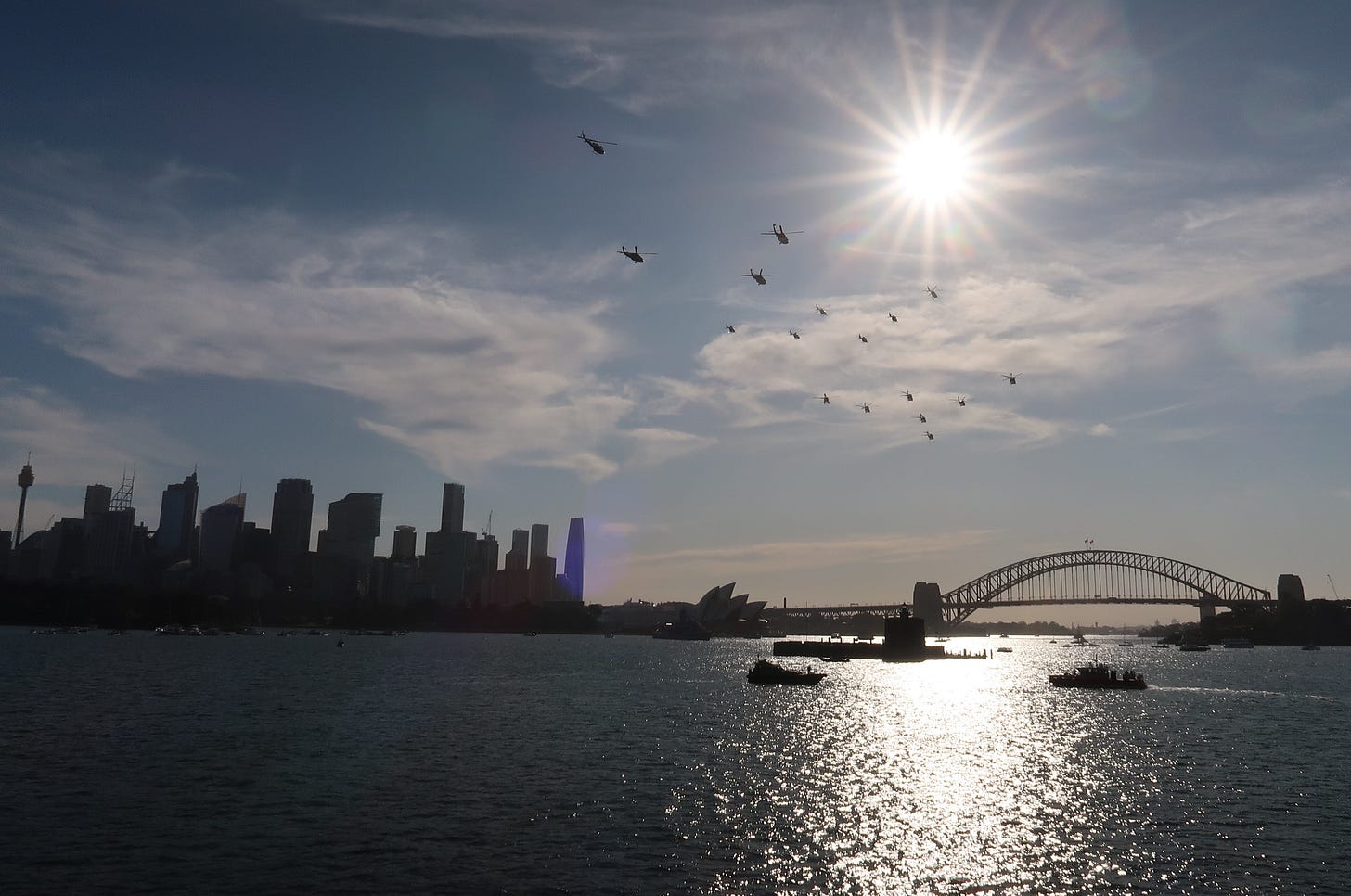
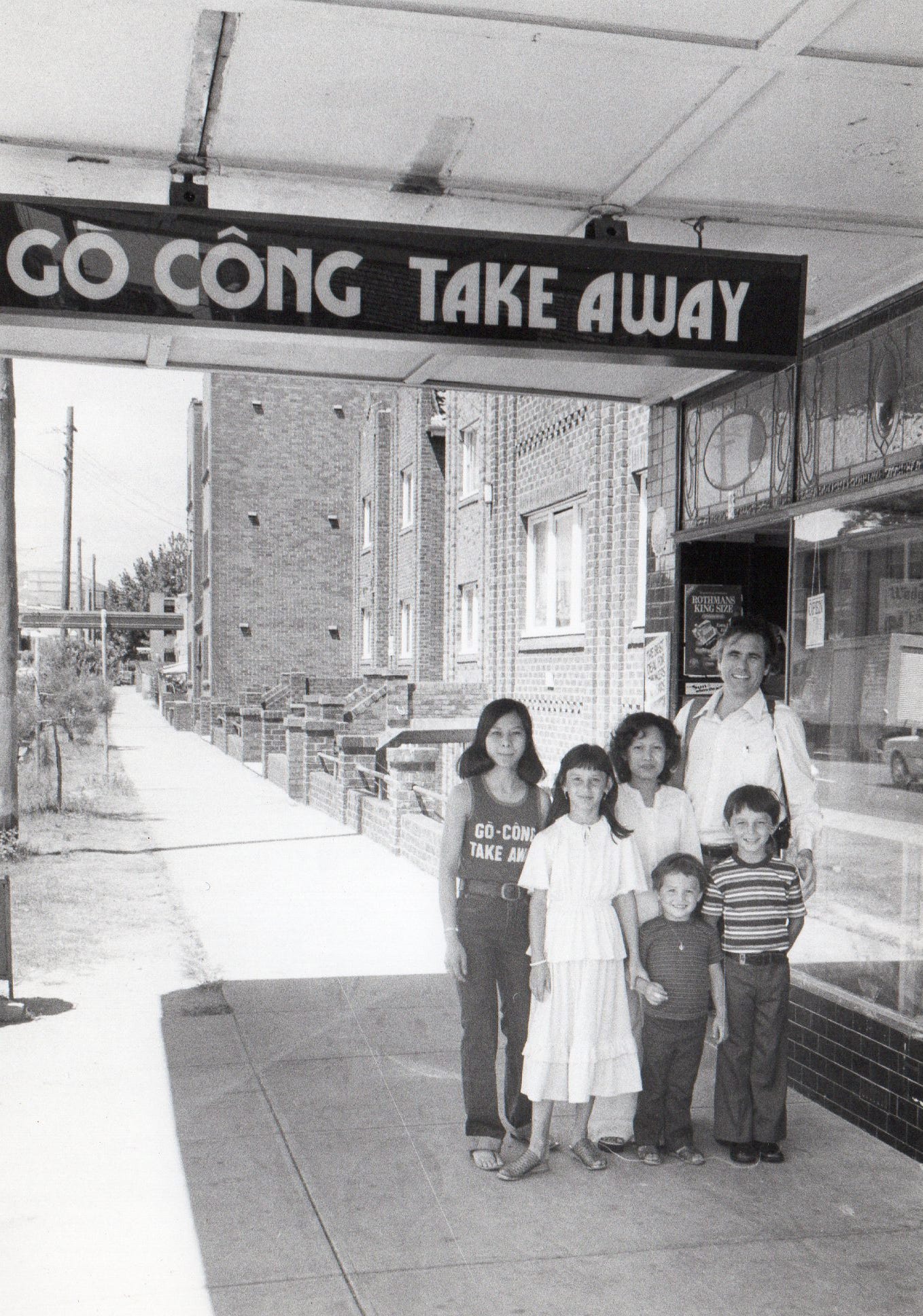
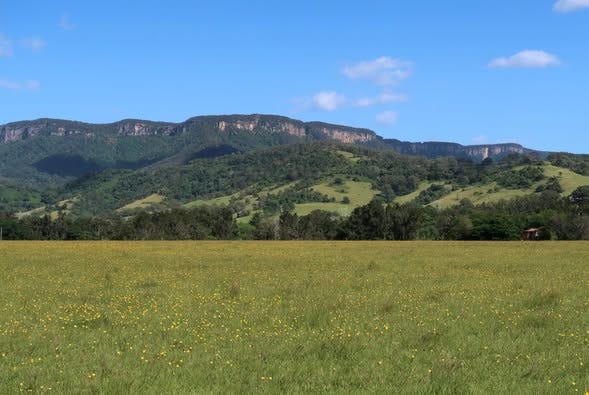
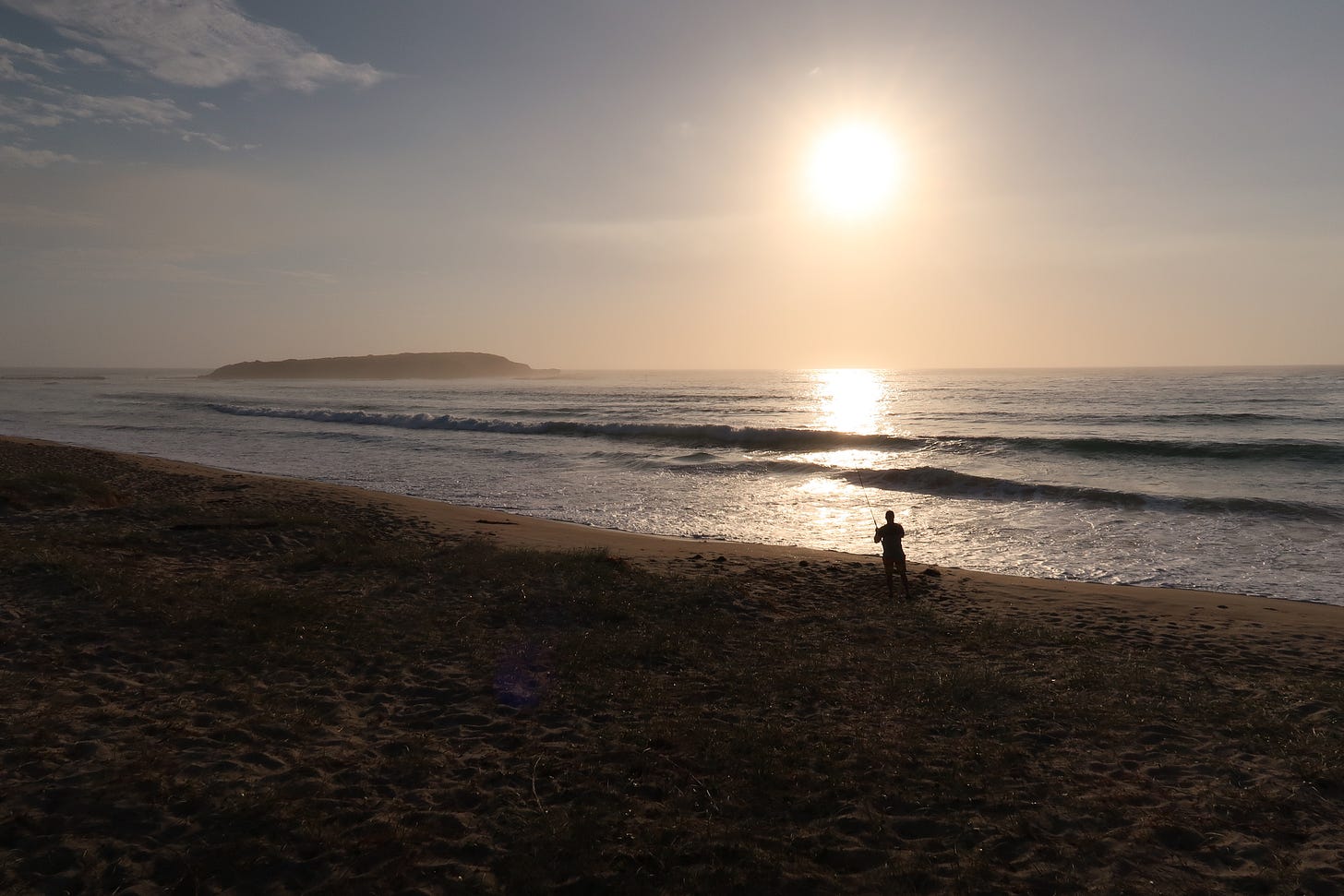
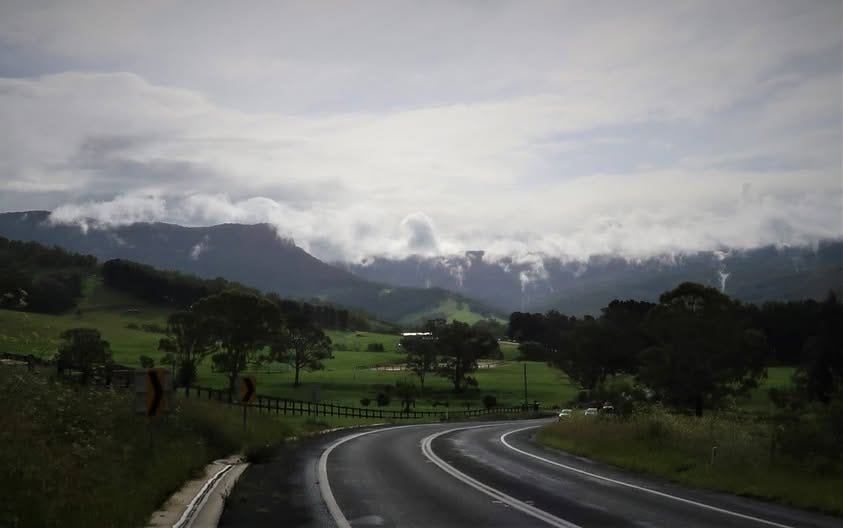
Nice piece. If Horst Faas ordered the attribution on the photo to be assigned to Nick Ut, I can understand the motivation. The photo had an enormous impact, and Horst might have thought that it would get wider distribution if AP thought it had been taken by a staffer. Only Nick Ut knows whether he actually took it or not. If he didn’t and was about to receive a Pulitzer for it, then that is a different matter. In any case, the photo was an instant of history caught by a camera, snapped by someone who happened to be standing there at that moment of time. The photo stands by itself. What happened afterwards is a disconnected story, decided by the human beings that were involved, each making decisions based on their own situation and understanding. As for Vietnam, it has long since moved on. The same could be said for the Normandy beaches that experienced D-Day. Walk along them today, and there are stands selling crêpes, and beautiful girls in bikinis. No one remembers. Hardly anyone alive today was around back then to witness what really happened. Photographers and journalists deal with instant news, and like the news itself, they are quickly forgotten. Editors are even more quickly forgotten. In any case, the best journalists were never the story. They were only there to record what others had done. Those of us who are still living can still enjoy the memory of past times, and those who are long gone but still live on in our thoughts. We were all extremely lucky.
Welcome home. I’m going to HCMC next month to pick up my fiancé. I’ll have a Cà Phê Sữa Đá for you (I usually drink mine đen)!